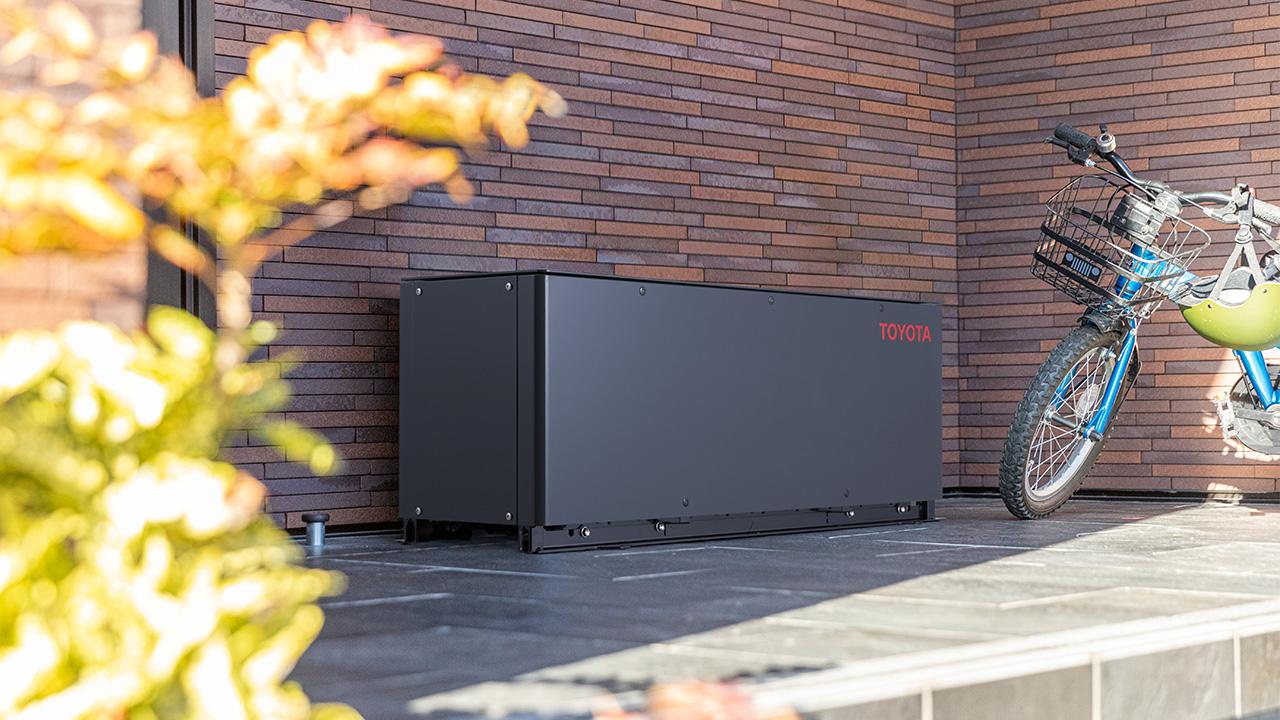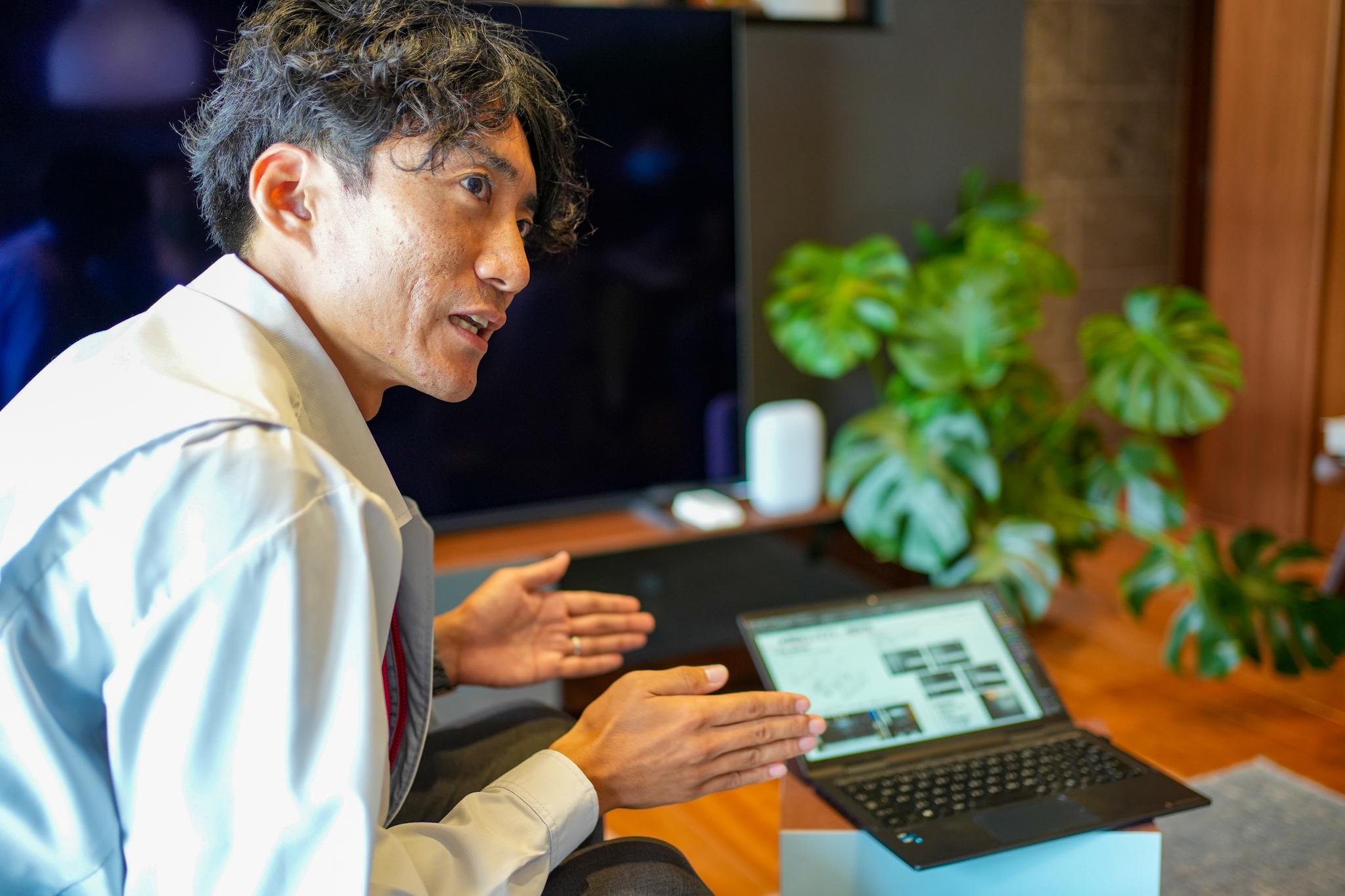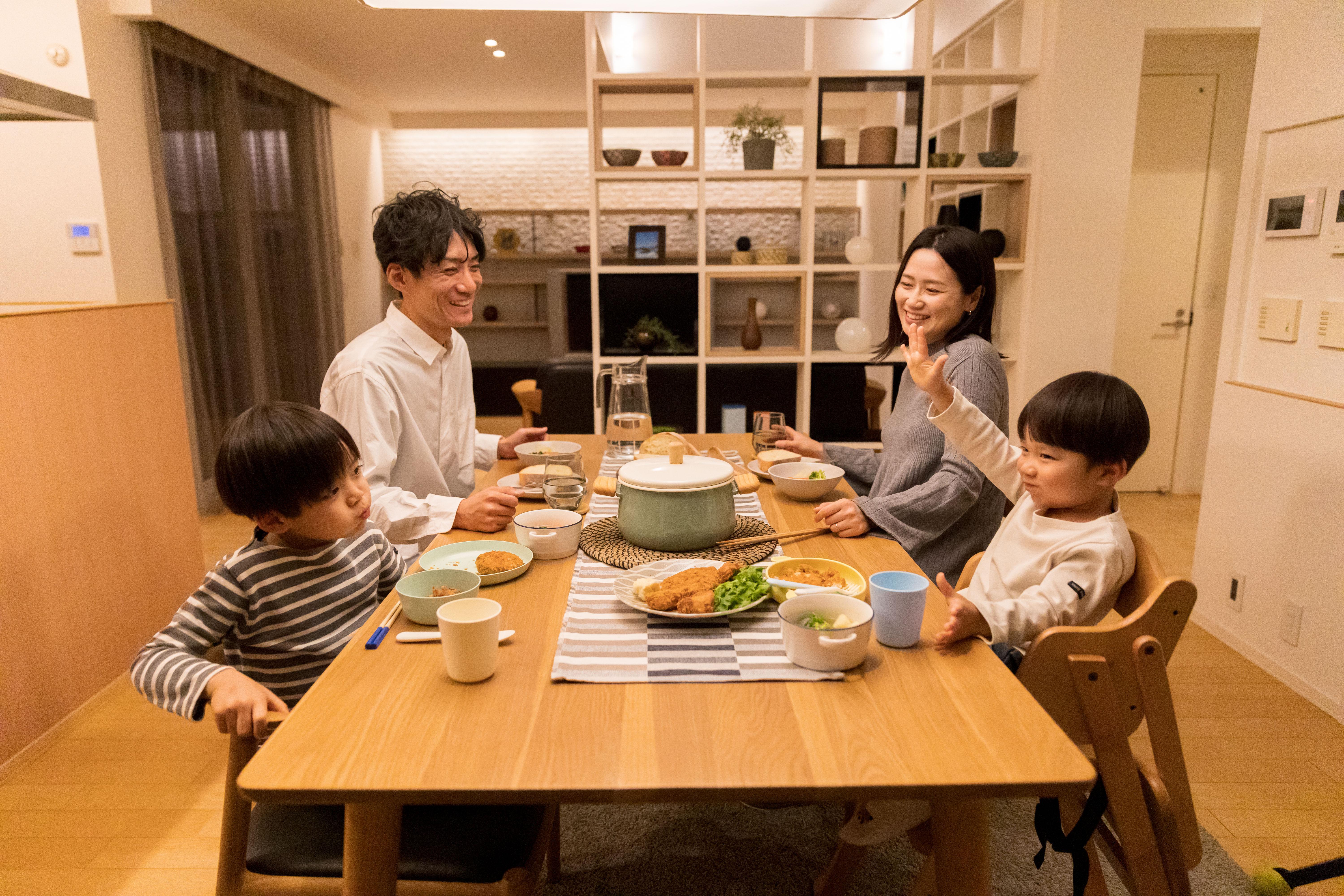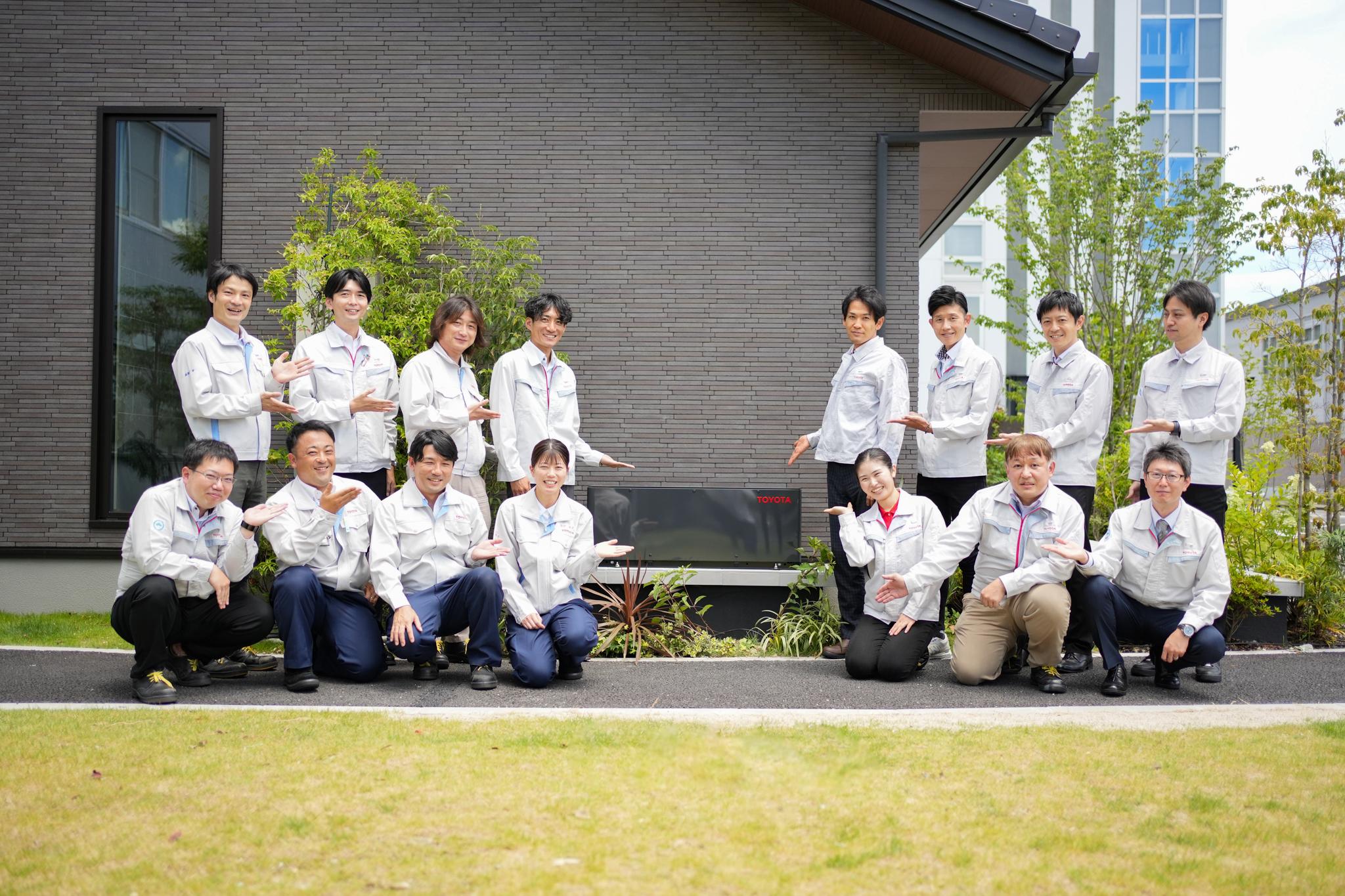
As stable power supply becomes an increasingly critical issue worldwide, Toyota has released a home battery system in Japan. Here, we look into the project's background and the struggles of the team charged with this new battery business.
Starting from scratch on home batteries
Toyota started developing the O-Uchi Kyuden System in June 2020.
The company established a working group within the EHV Battery Design Division based on the idea of leveraging the safe and reliable battery technology it has cultivated through automobiles. This project was born as a new business venture.
Twenty members in their 20s and 30s were assigned, including project leader Kazuki Kubo, who was previously in charge of PHEV battery control systems.
Although all members had battery design experience, none had ever worked with a household-use battery.

Car development usually takes four to five years. However, in the case of home batteries, competitors are introducing new products in even shorter periods.
Toyota, a latecomer in the field, could not afford to wait long. The team was instructed to finish development in two years, so they had to work fast.
On top of that, safety and reliability are absolute requirements as long as the product is marketed under the Toyota brand. They had to remain competitive on price as well.
“It was totally uncharted territory, and we had no idea about it at all. I was anxious all the time, but our team members were committed to bringing something new to the world,” says Kubo, looking back on those days.
Quality, price, and speed. To achieve all three, the team looked to automotive components with proven results and reliability. They used half the amount of a standard PHEV battery and designed the systems to require as little extra effort as possible.
About 50% of the components, like the electronic control units (ECUs) and relays, were repurposed and optimized from automotive versions.
They also did as much work on their own as possible to hold down development costs.
For verification testing, the team borrowed a model home from group company Toyota Housing and lived there to gather data.
When developing an app to check or configure the battery’s transfer operation, the team got help from Toyota colleagues rather than outsourcing the customer surveys. They gathered input from 220 people in just five days.

Since they had no PR budget, they prepared hand-made publicity tools. For example, the website videos and leaflets feature Kubo and his family rather than professional models.

“It was more than just developing a product; we had to work on parts procurement and assembly, publicity, and even installation. The experience was nothing any of our members could have gotten through their regular jobs,” says Kubo.
Toyota values learned from mistakes
Later, members of the Motomachi Plant and the New Business Planning Division joined the team to help with production and sales. However, this was still the first try at making a home appliance for everyone. They naturally made mistakes.
For example, they found that after production the system exceeded weight standards, so installation would require heavy equipment. They were only focused on production on their end and had not given any consideration to installation.
The team decided to reduce weight by breaking the battery down into smaller pieces and having it assembled on site to remove the need for heavy equipment.
However, that did not solve the root cause; it simply increased the burden of later processes. They soon faced harsh criticism from contractors since it was just too much on-site work.
Also, as with any household appliance, the manufacturer is responsible for packaging and shipping. That is not an issue with cars.
The team assumed they could use existing auto-parts boxes since they just needed to ensure the battery wasn’t scratched during shipping. But it turned out that the boxes were too big and not easily carried. Once more, they had made trouble for contractors.
“After all that time repeating the mottoes, ‘The customer comes first’ and ‘Take a YOU perspective,’ I was shocked at my own lack of imagination and planning. Many partners offered us advice on what it means to deliver a product to customers. We started to work not only with manufacturing members but the sales side more closely to make a proper product,” says Kubo.
The project members found themselves relearning the meaning of a customer perspective from all these new experiences and the issues they brought.
After facing many such failures and hardships, they finally launched the O-Uchi Kyuden System on August 24, 2022.


